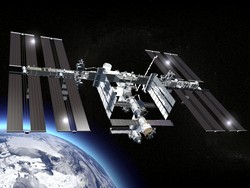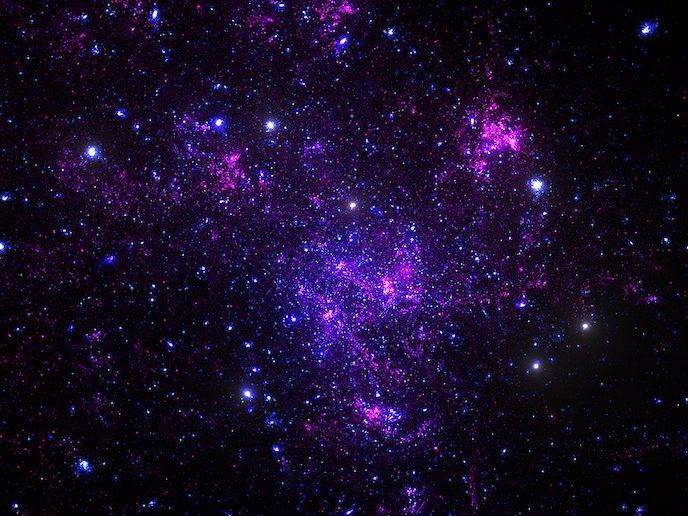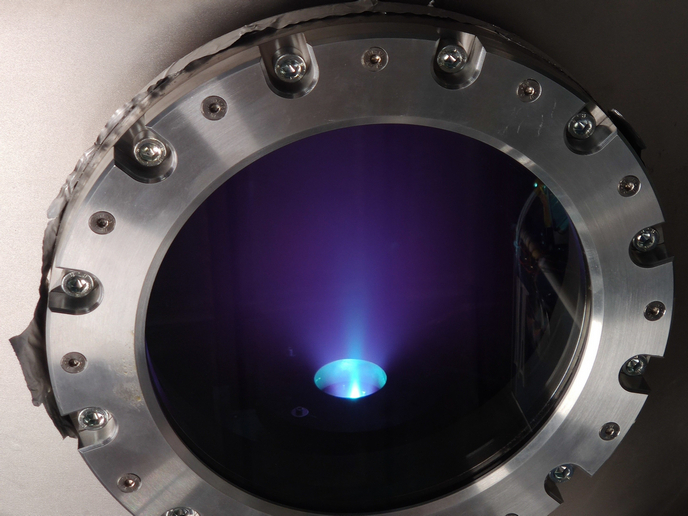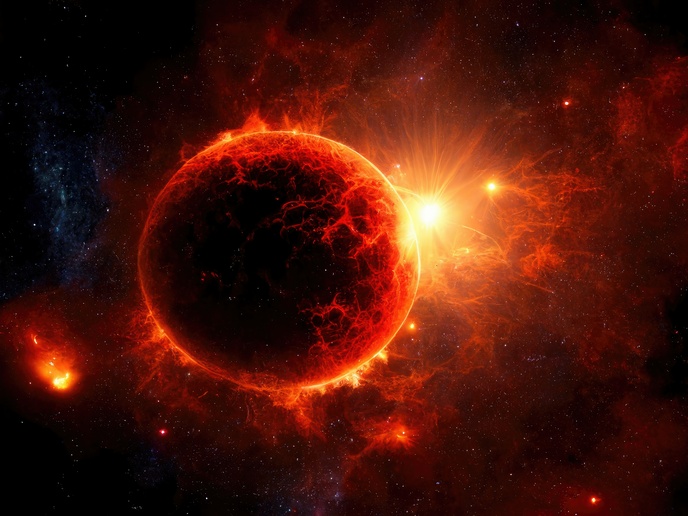In the search for the origin of dark matter
The detector, named Alpha Magnetic Spectrometer (AMS-02), captures cosmic rays coming from throughout our galaxy. Galactic cosmic rays are particles accelerated by the explosions of supernovae – stars with a mass many times larger than our Sun that collapse violently towards the end of their life. Among the cosmic rays entering AMS-02, there are positrons. These stable antiparticles of electrons provide valuable insight into the characteristics of primordial dark matter. EU-funded scientists based at the Middle East Technical University in Turkey were heavily involved in the AMS-02 data analysis. Within the project DARKMATTERAMS (Search for a dark matter signature with the Alpha Magnetic Spectrometer (AMS-02) experiment), they contributed to the main scientific results from AMS-02 observations as well as a series of publications in high-impact peer-reviewed journals. The AMS-02 data showed unambiguously that there is an active source of positrons in our galaxy. Scientists do not know if these positrons are coming from dark matter collisions or another source. But, measurements are still underway that may discriminate between the two hypotheses. To date, AMS-02 data collected are sent almost in real time together with the rest of the ISS data to the Marshall Space Flight Center (MSFC) in Alabama, United States. Next, the bulk of the data is redirected to the Payload Operations Control Centre (POCC) at the European Organization for Nuclear Research (CERN) in Switzerland. The DARKMATTERAMS team run shifts at POCC while analysing AMS-02 measurements. While studying the positron fraction versus energy, scientists found an excess of positrons at lower energies than anticipated, suggesting a source other than cosmic rays. The positron fraction peaked at an energy of hundreds of giga-electron-volts (GeV), which indicates that the observations could be compatible with a dark matter source of positrons such as dark matter collisions. The result is exciting. A solid scientific explanation is expected to come with further experimentation.
Keywords
Dark matter, ISS, AMS-02, cosmic rays, positrons, DARKMATTERAMS







